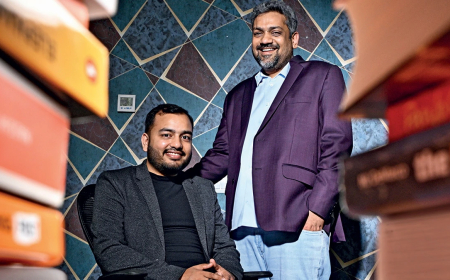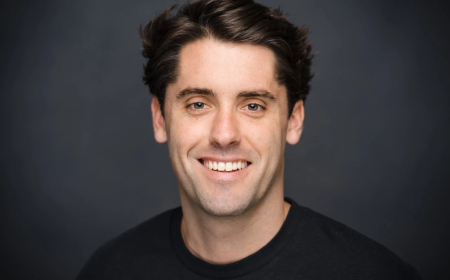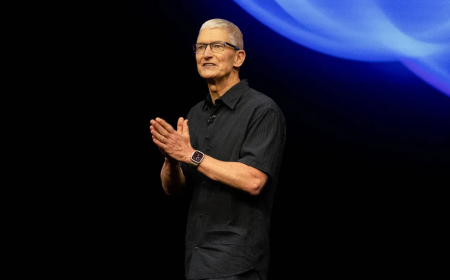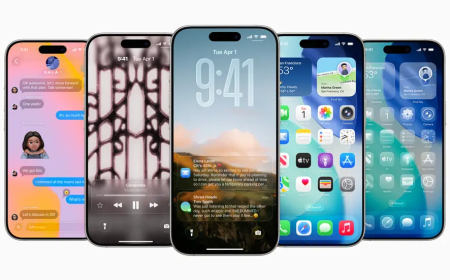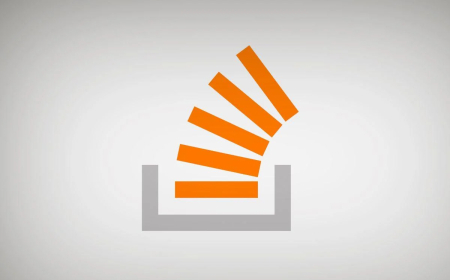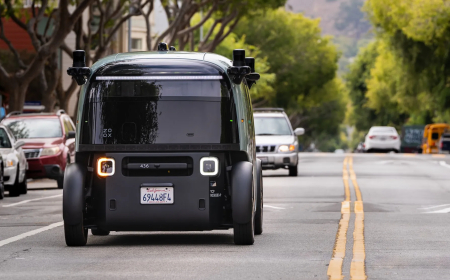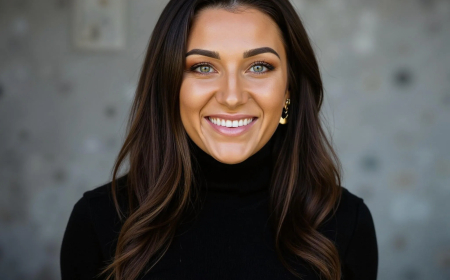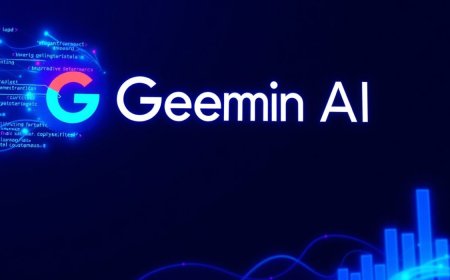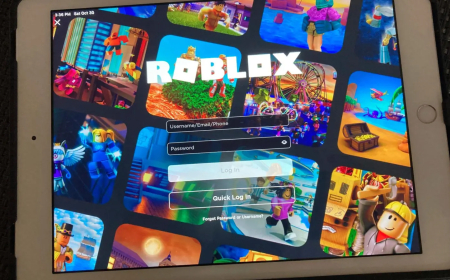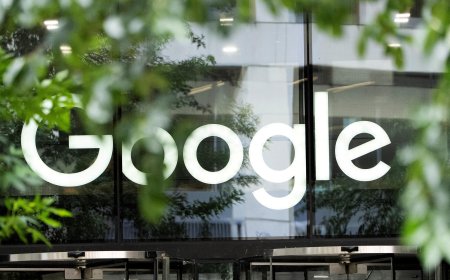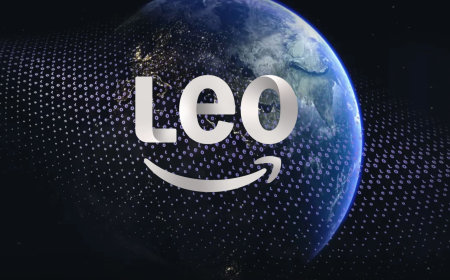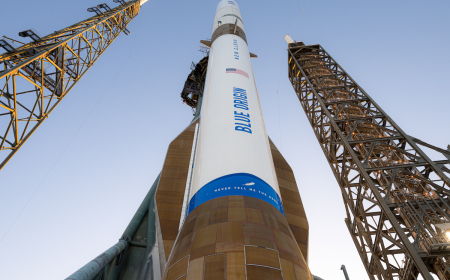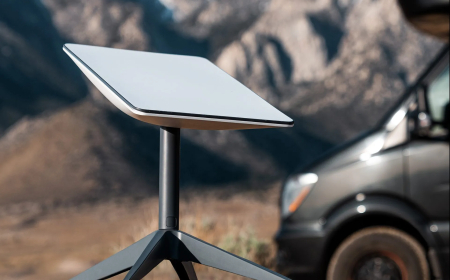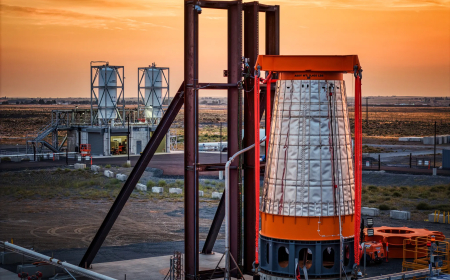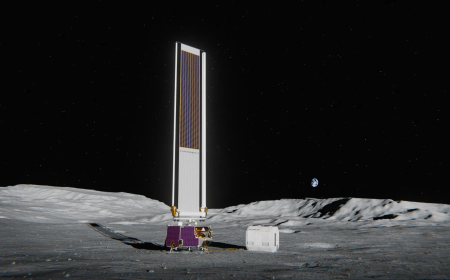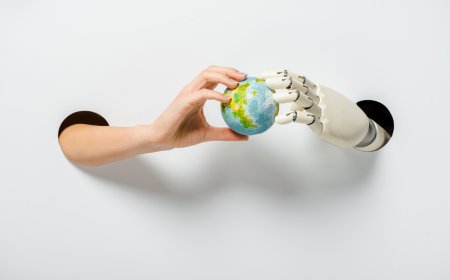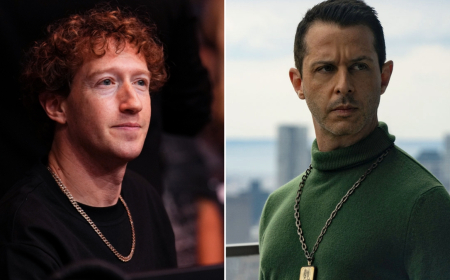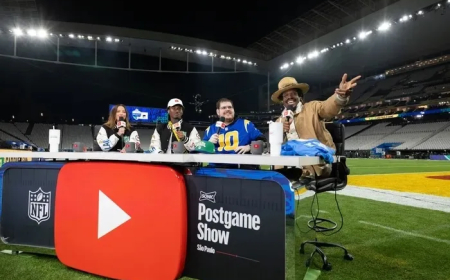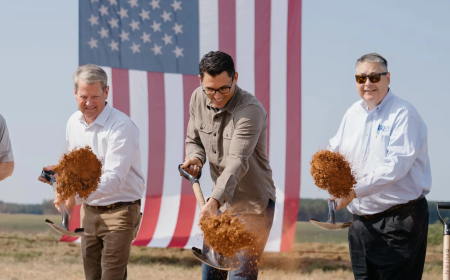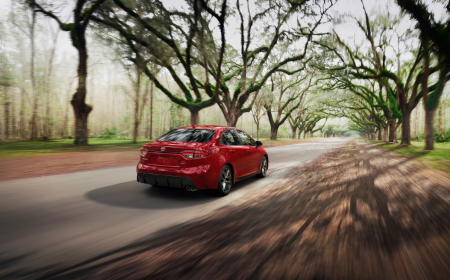Tesla to begin Cybercab production in April, Musk claims
Elon Musk announced Tesla will begin production of the fully autonomous Cybercab — a steering wheel-free robotaxi — in April 2026 at its Austin factory, pending regulatory approval.
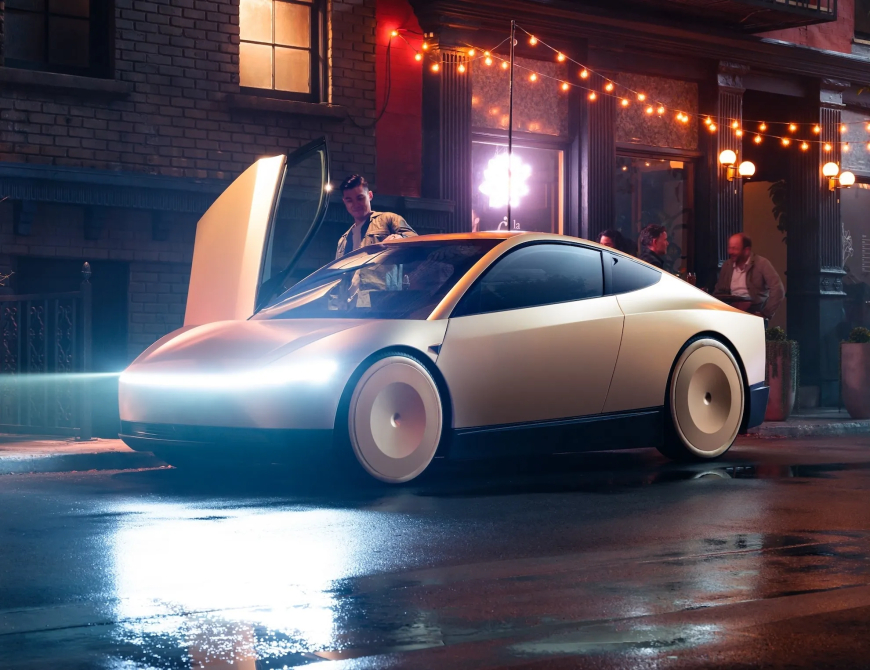
Tesla will begin production of its long-awaited Cybercab, a fully autonomous electric robotaxi with no pedals or steering wheel, in April 2026 at its Austin, Texas, Gigafactory, CEO Elon Musk announced during the company’s annual shareholder meeting on Thursday.
The announcement came moments after shareholders overwhelmingly approved Musk’s record-breaking $1 trillion compensation package, the largest in corporate history.
“We’ve got the first car that is specifically built for unsupervised, full self-driving to be a robotaxi called a Cybercab — it doesn’t even have pedals or a steering wheel,” Musk said. “It’s very much optimized for the lowest cost-per-mile in an autonomous mode, and production is happening right here in this factory. We’ll be starting production in April next year.”
Musk also revealed that the Cybercab will lack side mirrors, emphasising Tesla’s drive to create a minimalist, low-cost autonomous vehicle optimised for mass production and urban deployment.
A Bold Step Toward Fully Driverless Mobility
The Cybercab represents Tesla’s most ambitious step yet in its pursuit of Full Self-Driving (FSD) capabilities. Musk claimed the manufacturing line for the vehicle will operate at a 10-second cycle time, dramatically faster than the one-minute assembly cycle used for the Model Y.
“So these will be everywhere in the future,” Musk said, suggesting Tesla could build two to three million Cybercabs annually once production scales up.
The company first unveiled the Cybercab in October 2024 at its “We, Robot” event held at Warner Bros. Discovery Studios in California. Tesla initially pitched the vehicle as both a commercial robotaxi and a personal-use vehicle.
Conflicting Statements and Regulatory Hurdles
Musk’s comments appeared to contradict earlier statements from Tesla chairwoman Robyn Denholm, who told Bloomberg that the Cybercab would include a steering wheel and pedals as a backup safety measure.
Tesla once planned two versions of the Cybercab — one with traditional controls and another without — but Musk reportedly scrapped the version with controls, opting for a fully autonomous, stripped-down model to reduce costs.
Despite Musk’s optimism, Tesla has yet to demonstrate actual, unsupervised autonomous driving at scale. Current iterations of the company’s Full Self-Driving (FSD) software still require human oversight.
Launching a vehicle without standard driver controls will require approval from federal regulators, a process that has proven difficult for competitors.
Regulators Still Reluctant on Pedal-Free Vehicles
The U.S. National Highway Traffic Safety Administration (NHTSA) has only granted limited exemptions for such designs. Amazon-backed Zoox, for instance, was approved to test its custom-built robotaxis on public roads but not to operate a commercial fleet.
General Motors’ Cruise Origin has also struggled to gain regulatory approval, while Waymo, the leading U.S. robotaxi provider, continues using modified Jaguar I-Pace vehicles with conventional controls.
When asked about potential regulatory barriers, Musk appeared unfazed.
“I think we’ll be able to deploy all the Cybercabs that we produce,” he said. “Once it becomes extremely normal in cities, regulators will have fewer and fewer reasons to say no.”
He also thanked Waymo for “paving the path” for autonomous mobility in the U.S.
Tesla’s Early Robotaxi Experiments
Tesla began testing a pilot robotaxi service in Austin earlier this year, using Model Y SUVs equipped with an early version of its “unsupervised” Full Self-Driving software. A Tesla employee currently occupies the passenger seat during these rides for safety monitoring.
The Cybercab is expected to replace these vehicles as Tesla transitions from human-supervised trials to a fully autonomous fleet — pending regulatory approval.
If successful, the Cybercab could become a cornerstone of Tesla’s broader “Master Plan 4”, which envisions a global network of autonomous vehicles reshaping urban mobility.
What's Your Reaction?
 Like
0
Like
0
 Dislike
0
Dislike
0
 Love
0
Love
0
 Funny
0
Funny
0
 Angry
0
Angry
0
 Sad
0
Sad
0
 Wow
0
Wow
0
